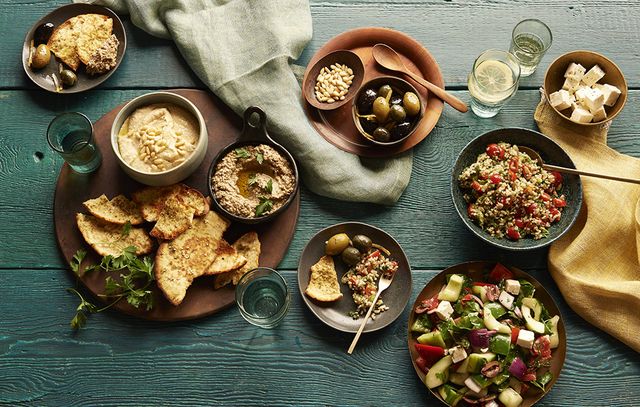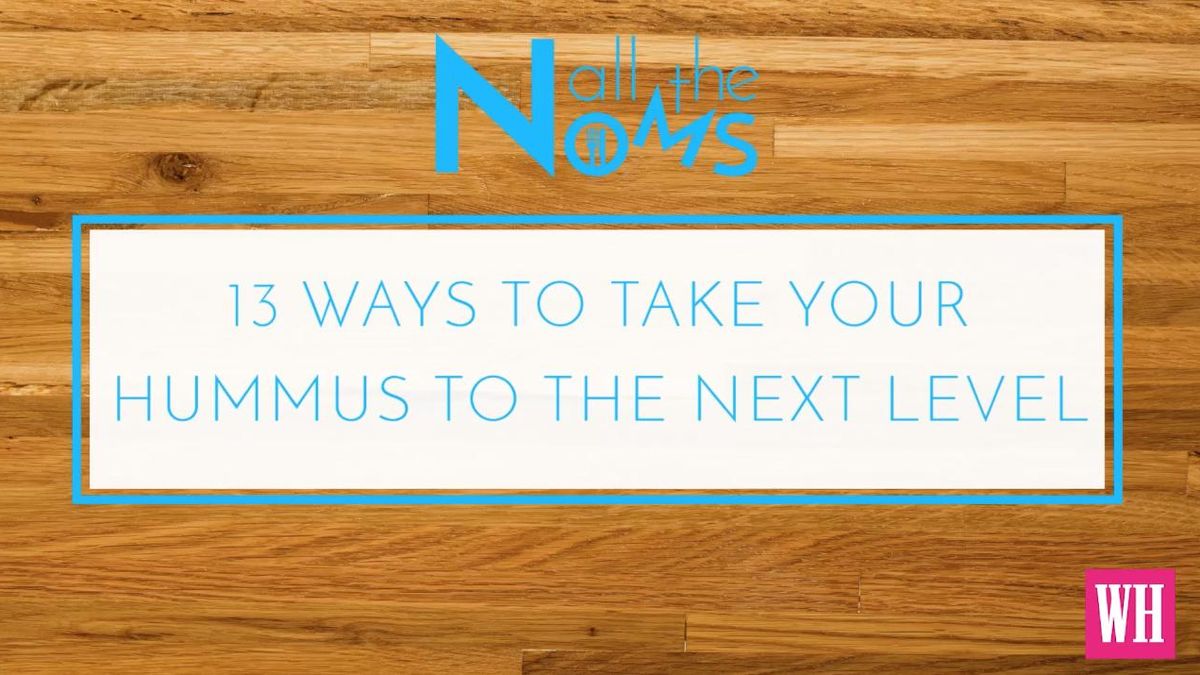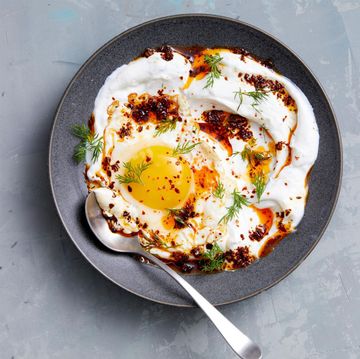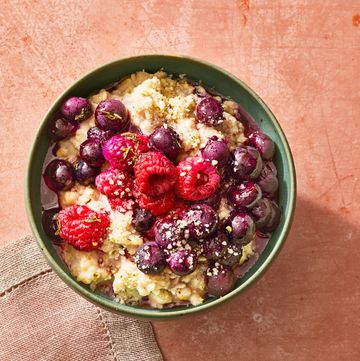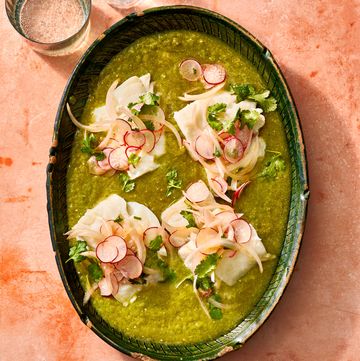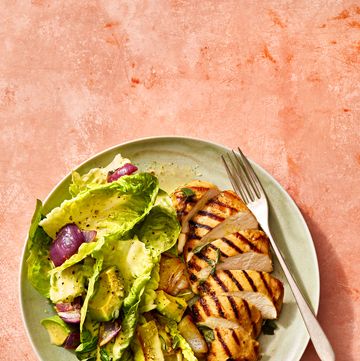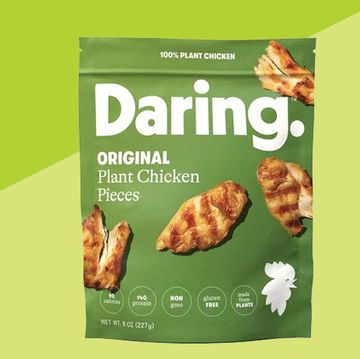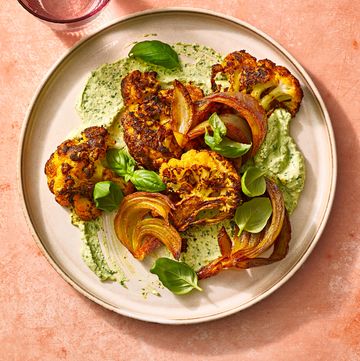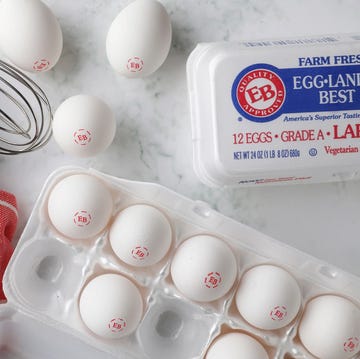In the late 1950s, American physiologist Ancel Keys was conducting research in southern Italy and Greece when he made a surprising discovery: The people who lived in countries that bordered the Mediterranean Sea seemed healthier than any of the other populations he'd studied around the globe. In fact, they enjoyed some of the longest lives and lowest heart disease rates in the world.
Keys could have attributed the benefits to the abundant sunshine or invigorating salt water. But what if, he wondered, they resulted from the food? The people in this region had diets focused on fresh fruits and vegetables, whole grains, and beans. They used olive oil (and plenty of it) as their primary fat. They flavored their food with herbs and spices instead of salt. And they ate very little meat and few refined carbohydrates or processed foods.
(Sugar Detox Made Easy is an easy 3-week sugar detox plan that rids your diet of dangerous, high sugar foods.)
Since then, Keys's theory has been proved: An ever-growing body of evidence shows that the Mediterranean style of eating is one of the most effective ways to maintain a healthy weight, feel great, and live a long, vigorous life. In fact, a 5-year study of nearly 8,000 adults concluded that following a Mediterranean diet could reduce the risk of heart disease by up to 30%.
Adopting this approach to eating is a matter of shifting many of the foods you already enjoy—fruits, vegetables, whole grains, legumes, healthy fats, and seafood—to the center of your plate. As you eat more of these foods, you'll naturally have less room for unhealthy ones. Here are 12 simple steps you can take to give your diet a Mediterranean makeover.
1. Go with the seasonal flow.
Instead of trying to create a meal plan out of thin air, let the seasons be your guide. If the market is overflowing with fresh carrots or parsnips, for instance, there's a good bet that they're at their peak of deliciousness, so build your meals around these fresh ingredients. (Speaking of carrots, they're also great infection-fighters!)
2. Start with a pile of greens.
In many parts of the Mediterranean region, a meal is not complete without a heaping mound of lettuce, spinach, kale, Swiss chard, or dandelion greens. Rethink your usual mealtime ratios by having a large green salad and a small portion of protein rather than the reverse, or use raw or cooked greens as a bed for fish, chicken, or even pasta or rice.
MORE: 10 Green Smoothies That Aren't Made With Spinach
3. Make a meal out of your sides.
Take a cue from Spanish-style tapas or Middle Eastern meze platters and create a meal from several veggie-centric, appetizer-style dishes (like roasted cauliflower or tomato-and- cheese kebabs). You'll be surprised by how satisfying a selection of small plates can be.
4. Cook your whole grains on Sunday.
Preparing a big batch of whole grains ahead of time makes it easy to add them to your recipes all week long. Try stirring brown rice into soups or adding bulgur to your favorite meatball recipe. You can also fold cooked grains into muffin batter or even add texture (and an extra boost of nutrition) to pasta dishes by swapping half of the pasta for brown rice. (Make sure you try making a big batch of one of these surprisingly rich Mediterranean dishes.)
YOUR MEDITERRANEAN MENUTo reap the impressive benefits that come with this approach to eating, here's what you should aim for. DAILY
SEVERAL TIMES A WEEK
OCCASIONALLY
|
5. Treat meat as a flavor enhancer.
Use smaller portions of protein in vegetable-based dishes. Try tossing a little shredded chicken or turkey into a grain-and-vegetable pilaf, or tuck some into stuffed peppers or mushrooms along with whole grains, nuts, and herbs.
6. Find new uses for bread.
When you eat Mediterranean, bread isn't just for sandwiches. Toss crunchy toasted whole grain bread into a salad as a nutritious alternative to white croutons. If you have leftover whole grain bread that's just starting to go stale, use it for thickening soups or stews.
MORE: 8 Delicious Things You Can Make With Stale Bread
7. Swap sweet yogurt or cheese for savory.
Yogurt and cottage cheese are always tasty with fruit, but they're wonderful in savory dishes, too. A dollop of cool, tangy yogurt is an ideal contrast for vegetables like warm, earthy beets. Meanwhile, protein-rich cottage cheese paired with tomato, cucumber, fresh herbs, and olives makes a satiating meal, especially when accompanied by whole grain bread. In general, when choosing cheeses, opt for small doses of high-quality varieties (avoid plastic-wrapped "cheese products").
8. Bake with whole grain flours.
Whole wheat flour is a great option, but cornmeal, rye flour, and buckwheat flour are equally delicious choices. Try substituting half of the white flour for whole grain flour in your favorite cookies or quick breads. (Find out what happened when one of our editors baked the same cookies with 6 different types of flour.)
9. Check your condiments.
Many store-bought varieties of mayonnaise are made with soybean or other low-quality oils. Opt for a brand made with extra virgin olive oil instead. Another option: Use other healthy fat sources—like avocado, hummus, or tapenade—to give sandwiches a creamy flavor kick.
Kick your hummus up a notch with these recipes:
10. Think simple for snacks.
This means sticking with foods in their most natural, whole form—like fresh fruits and vegetables or nuts and seeds—rather than highly processed foods. Alternatively, make a batch of a tapas-style snack, like cheese-stuffed dates or a roasted pepper dip, that you can reach for throughout the week. (You can also buy some of these weight-loss friendly snacks on Amazon.)
11. Give your food a flavorful finish.
Mediterranean eaters drizzle olive oil on their food all the time—it's that final flourish that adds extra flavor and richness to finished dishes. Fat is high in calories, though, so adding more to your meal might not make sense if you're trying to lose weight. Still, as a rule of thumb, it's fine to drizzle your meal with a teaspoon (approximately 50 calories' worth) of extra virgin olive oil before serving. You can also top dishes with fresh lemon or orange juice for a pop of flavor.
12. End meals with fruit.
For everyday meals, most Mediterranean eaters enjoy fruit for dessert. Have what's in season—berries in the spring and summer, pears or figs in the fall, clementines or pomegranates in the winter—and make it special by serving it on a pretty platter.
Adapted from Prevention Mediterranean Table: 100 Vibrant Recipes to Savor and Share for Lifelong Health ($22, amazon.com) by the Editors of Prevention and Jennifer McDaniel with Marygrace Taylor 2017 Rodale

